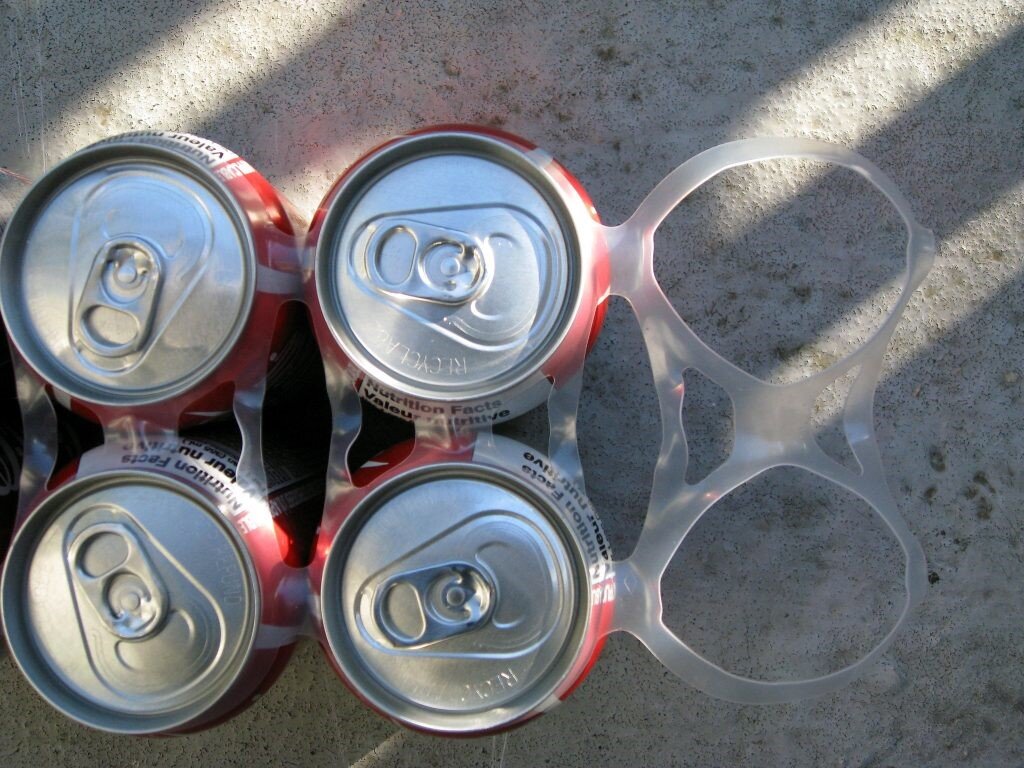New bridge opens in London, Ontario on the Thames Valley Parkway
I have always been fascinated by bridges. How they are constructed across chasms and raging rivers intrigues me. Hence, I was excited to learn about two new bridges being constructed in my neighbourhood, one of which can be seen in the photo above. A recent sunny Sunday was the perfect time to check out those twin bridges and trails that opened earlier this month. Truth be told, there rarely is anything that is ‘perfect’ not even a sunny Sunday. Yes, though the weather was ‘perfect’ it was a bittersweet day for early in the morning the news broke of the death of the beloved, iconic Jeopardy game show host, Alex Trebek.
Those of you who do not know who Alex Trebek was, may wish to look him up on the internet to learn what an amazing man this Canadian-American was. For those of you who know who he was, here is a bit of Jeopardy fun: “It is a rare, unusual ‘animal’ that could be seen regularly on Jeopardy.” I bet you know the answer! And the answer is: “Who is Alex Trebek the G.O.A.T.?” (G.O.A.T. being the acronym for the Greatest Of All Time Jeopardy tournament)
“ With God’s help we can be the reason someone feels welcome, seen, heard, valued, loved, and supported. ”
I have watched Jeopardy for a long time and always admired how Alex Trebek was such gentleman, such an amicable host of the show. Though it was a game show he was hosting, one always had a sense that this game show host welcomed the contestants as if he were graciously welcoming guests to his home. Alex was a charming bridge-builder, always making contestants feel at ease. So, while I was walking on the new path and crossed the two bridges last Sunday, my thoughts dwelled on the life and death of Alex Trebek, a bridge-builder.
If you look at the bridge in the photo above undoubtedly your eyes will be drawn to the massive concrete underpinnings upon which the bridge is resting. The word ‘underpinning’ causes me to connect with the word ‘understanding’ which is something I admired in Alex Trebek. He had a knack for asking contestants questions to help him understand who they are. For Alex, and for all of us who desire to understand others, the best way to be bridge-builders, to be a bridge between the other and ourselves, is to understand or rather to ‘stand under’ in support. Just as the bridge above rests upon what stands under it, so too, we do well to establish underpinnings upon which we can span the distance between others and ourselves, to build a bridge. Such understanding of others is what Margaret J. Wheatley alludes to in her quote, “When we seek for connection, we restore the world to wholeness. Our seemingly separate lives become meaningful as we discover how truly necessary we are to each other.”
Sadly, we have seen such a lack of understanding or standing under, such a lack of connection in the aftermath of the US elections. However, we do not have to look across the border to see evidence of what divides people. It is also evident right here where we are, in our own neighbourhood, our own backyard. It so happened that this week I read the following on the Facebook of the Shalem Institute. “Here's to the bridge-builders, the hand-holders, the light-bearers, those extraordinary souls wrapped in ordinary lives who quietly weave threads of humanity into an inhumane world. They are the unsung heroes in a world at war with itself. They are the whisperers of hope that peace is possible.” (L. R. Knost; Shalem Institute)
Last Sunday, while I stood on one of those new bridges for quite some time savouring the view, I kept wondering how I can become more of a bridge-builder right where I am, in my daily life. Crossing a real bridge, especially a suspension bridge, can be rather unnerving, as can be spanning the distance between ourselves and others. Reaching out to another can feel like crossing the bridge of unknowing with only a glimmer of hope that we will create a connection with the other. Yet, as expressed by Noah Curran, “When you underestimate what you are capable of, you underestimate what God is capable of doing through you.” It sounds to me as if God, the bridge-builder par excellence, has entrusted to each of us the mission to be a bridge, to build a bridge especially between ourselves and those who seemingly appear to be so different from us.
“When you underestimate what you are capable of, you underestimate what God is capable of doing through you.”
We are sent to bring light to our dark and desperate world. We are to go. To build bridges. To stand under so we can understand and be bridges despite our differences. With God’s help we can be the reason someone feels welcome, seen, heard, valued, loved, and supported. I remember reading about the Backalley Barbers in Singapore who offer free haircuts for impoverished people. They are young volunteers who learn basic hair cutting skills from professionals and then offer their hair cutting skills to those who cannot afford a haircut. It seems to me here a pair of scissors is the bridge between these young volunteers and the impoverished in their midst. There are as many ways of being a bridge as there are people. We can do this.
-Sister Magdalena Vogt, cps















